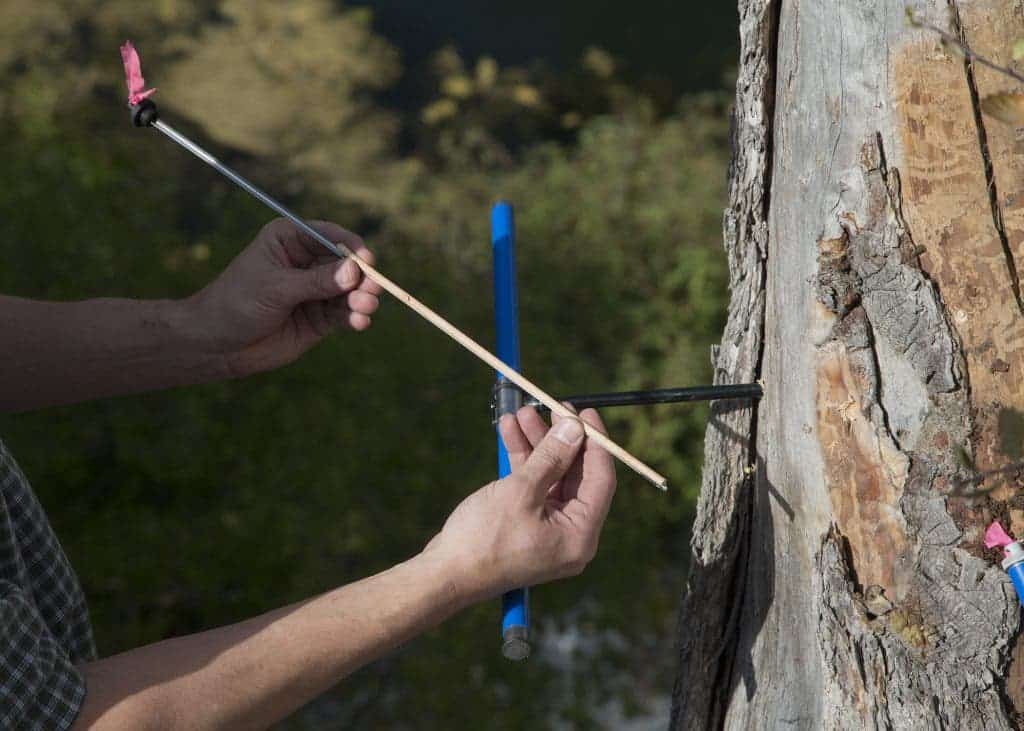
Modern climate tracking and water flow records go back only 100 years, but to prepare for the worse, scientists and policy makers alike need to understand how the weather was like in the world many more years prior. A solution is to study the tree rings of certain tree species which bear telltale signs of water levels hundreds of years past, as Brigham Young University professor Matthew Bekker suggests.
Bekker analyzed rings from drought-sensitive tree species and remarkably found that the worst drought of this century barely makes the top 10 of a study that extended Utah’s climate record back to the year 1429. Here are some conclusions Bekker could gather simply by closely following tree rings, whose thickness is directly dependent on water intake at the time, using only simple tools like sandpaper and a microscope:
– Long droughts: The year 1703 kicked off 16 years in a row with below average stream flow.
– Intense droughts: The Weber River flowed at just 13 percent of normal in 1580 and dropped below 20 percent in three other periods.
– Consecutive worst-case scenarios: The most severe drought in the record began in 1492, and four of the five worst droughts all happened during Christopher Columbus’ lifetime.
“We’re conservatively estimating the severity of these droughts that hit before the modern record, and we still see some that are kind of scary if they were to happen again,” said Bekker, a geography professor at BYU. “We would really have to change the way we do things here.”

This analysis which goes back more than 500 years tells us that the West was once subjected to drought fluctuations much more severe than anything we’ve seen in recent history. If this happened before, then it can certainly happen in the future. The real questions that remain to be answered is when these periods of severe drought might come again in the future, and what signs can scientists look for to forecast their coming.
“We’re trying to work with water managers to show the different flavors of droughts this region has had,” said Bekker. “These are scenarios you need to build into your models to know how to plan for the future.”
The findings were reported in the Journal of the American Water Resources Association.


